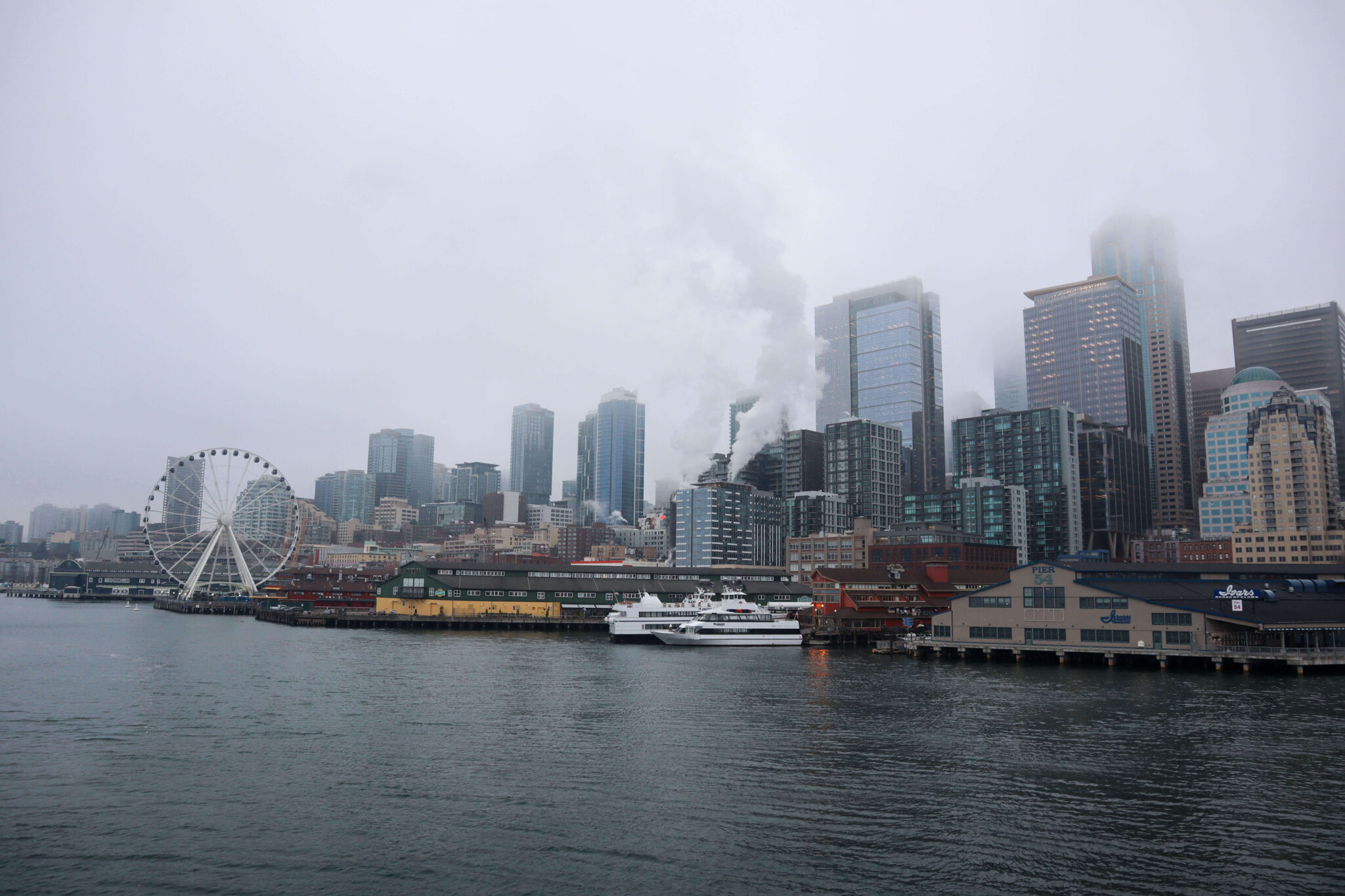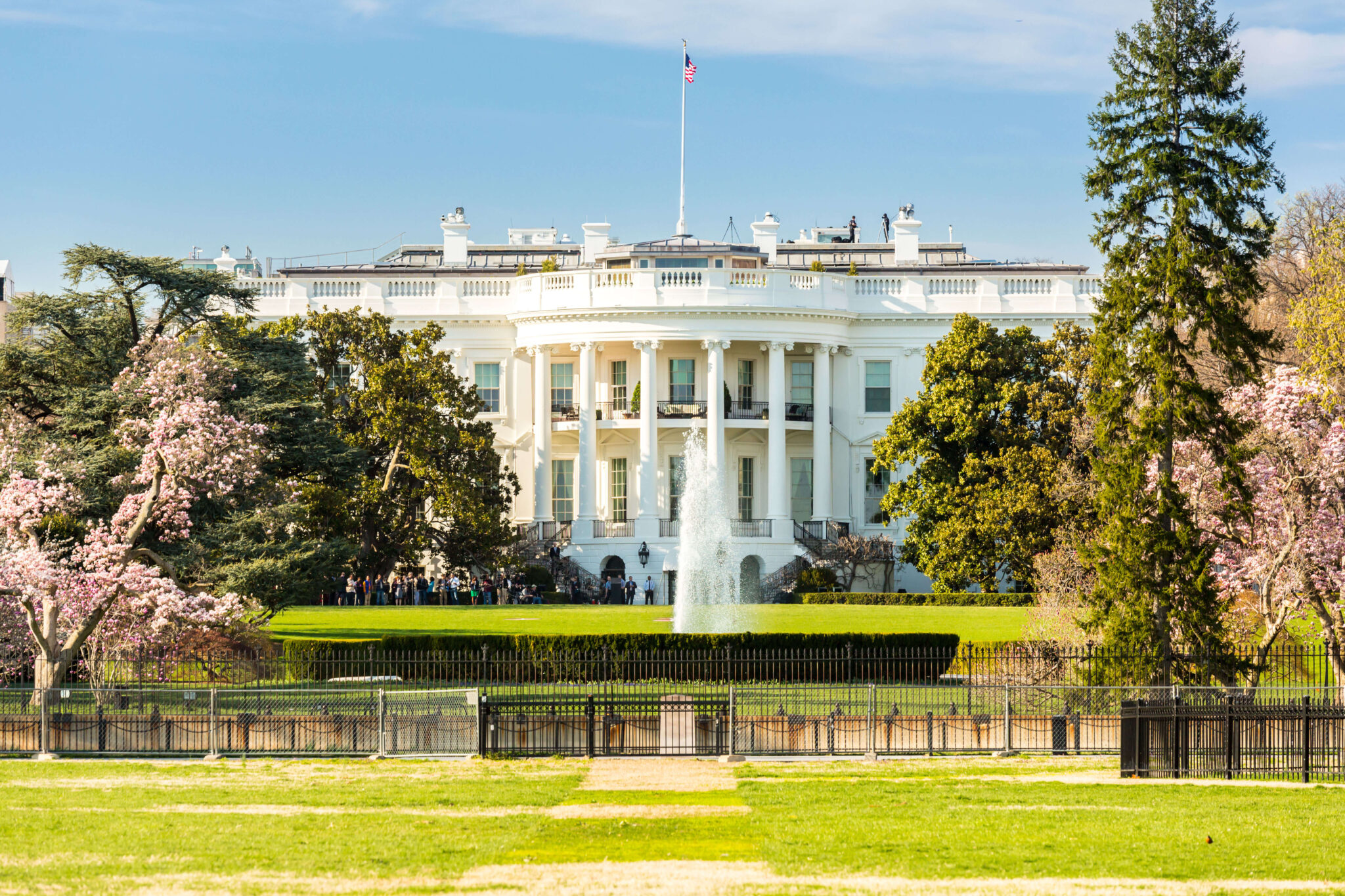Filling in the energy gaps
As you know, when the sun isn’t shining, you can’t produce solar energy; when the wind isn’t blowing, you can’t produce wind energy. Solar and wind are intermittent energy sources, so even though there are wind and solar energy sites across the globe, fossil fuel generation is still required to keep the lights on. Highlighting a need to integrate storage and generation systems to keep the lights on but emissions-free; that is what 24/7 Carbon-Free Energy will do.

What is Carbon-Free Energy?
Carbon-free energy (CFE) refers to every kilowatt-hour of electricity demand is met with carbon-free electricity sources at every hour of the day, every day of the week, so 24/7!
According to the United Nations, 24/7 CFE “is both the end state of a fully decarbonized electricity system, and a transformative approach to energy procurement, supply, and policy design that is critical to accelerating its arrival.”
What to gain from enabling 24/7 CFE
Utilizing Carbon-Free Energy that meets demand every hour daily can eliminate the reliance on fossil fuels when solar and wind are unavailable. As the deployment of clean energy technologies increases, so will the replacement of fossil fuel capacity. With less fossil fuel production, the health and living communities in areas of emissions-emitting energy sources will improve.


Optimizing our grid and society
Using diverse resources for clean energy generation will improve grid resilience. Which will support the electrification of buildings and transportation and ensure they energize with CFE.
24/7 Carbon-Free Energy Compact is a global group of companies, policymakers, investors, and organizations that are on a mission to realize 24/7 CFE.
Corporate 24/7 CFE goals
Big companies are already onboard with 24/7 CFE, especially those with servers that constantly need to be powered. Google became the first company of its size to match 100% of its global annual electricity with renewable energy. Now, they are committed to achieving 24/7 CFE by 2030.
Federal Government goes CFE
The Biden administration signed an executive order that directs the scale and procurement power of the federal government to achieve the following:
100% CFE by 2030, half supplied by local energy sources
100% zero-emissions vehicle acquisitions by 2035
Net-zero emissions from federal operations by 2050
Buy Clean policy, promoting the use of materials with lower emissions

Sustainable federal principles
Utilizing CFE, switching to zero-emissions vehicles, and using cleaner materials in federally procured projects will advance many principles and goals. Such as achieving climate-resilient infrastructure and operations, building a climate- and sustainability-focused workforce, and promoting environmental justice and equity.
How is CFE better than matching energy?
Companies or utilities still use fossil fuels-generated energy to provide day-to-day power when they match their annual energy usage. Although annual energy matching invests in clean energy sources, meeting demand hourly with CFE is worthwhile, as California energy provider Peninsula Clean Energy (PCE) found in its white paper.
Although 24/7 CFE is more challenging to achieve than 100% CFE on an annual basis, the costs for PCE would only rise 2% more than its baseline energy procurement plans which deliver CFE around 70% of the year’s hours. PCE adopted a 99% 24/7 CFE as its official goal starting in 2025.
Strategies for achieving CFE
24/7 CFE is an exciting advancement for energy users across the globe. By leveraging the advancing technology, software, and social awareness, the clean energy that comes online will be more impactful. Here are a few strategies that will help bring CFE for all.
More clean energy
As more solar and wind connect to grids that rely heavily on fossil fuels will help reduce emissions greatly.
Combining clean energy sources
When supply can’t meet demand using continuous sources like geothermal and hydro will help fill the gaps with wind and solar.
Shifting consumption patterns
Utility customers can move their high-energy consuming activities to match generation. Such as laundry, baking, and dishwasher usage at mid-day
Energy storage
For true net zero, storing clean energy is vital for matching demand.


